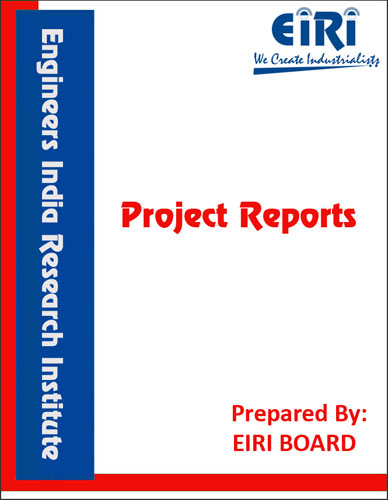SILENCER FOR AUTO VEHICLES
The project report includes Present Market Position and Expected Future Demand, Market Size, Statistics, Trends, SWOT Analysis and Forecasts. Report provides a comprehensive analysis from industry covering detailed reporting and evaluates the position of the industry by providing insights to the SWOT analysis of the industry.
We can prepare PROJECT REPORT as per your INVESTMENT PLAN for BANK LOAN REQUIREMENT and INDUSTRY ANALYSIS. All reports are prepared by highly qualified consultants and verified by a panel of experts.
Have Query? Click Here to Chat
Industry Expert is Online, Chat with him for more detail.

Automobile silencer is an essential part of any automobile.The main function of silencer is to reduce noise of the vehicle.
An automobile vehicle, while running on a road, produces an intolerable noise, which, is otherwise controlled by a proper noise reducing device, will create a hugenoise. The device, used to minimise this noise is called ‘Silencer’ this device bring the noise of an auto engine to much extract. Until comparatively recently, the design of silencers for automobiles & transport vehicle engines has been largely empirical based unreactive and/or dissipative principles. Reactive silencers work on the principle of reflecting sound energy back towards the source. (But may also provide some energy dissipation by crossflow depending on the design). Dissipative Silencers incorporate chambers or sections lined with sound absorbent materials in which sould energy is absorbed. (and turned into heat).
Four basic type of auto engine silences in simplified diagrams are sketched.Each have numbers variants. The simplest ones-the expansion chamber & resonator are basically tuned filters with narrow band, attenuation wiliest still retaining straight through geometry (and thus minimum back pressurlers). The reversed flow (or multipan) is capable of even wider and attenuation (particularly) at law – frequencies), but usually at the expense of higher back pressure because of the torthnous gas flowpath con which , the per furnace of silencer largely depends).
1. INTRODUCTION
2. USES & APPLICATIONS
3. PURPOSE
4. RAW MATERIAL REQUIREMENTS
5. PERFORMANCE OF SILENCER
6. INSPECTION AND QUALITY CONTROL
7. MARKET SURVEY
8. PRESENT MANUFACTURERS
9. MANUFACTURING PROCESS
10. THE EXHAUST CUT-OUT
11. DETAILS OF MANUFACTURING PROCEDURES
12. SIZES SELECTION SHEETS TO BE PURCHASED
13. PROCESS FLOW SHEET DIAGRAM
14. NAME AND ADDRESS OF MACHINERY SUPPLIERS
15. SUPPLIERS OF PLANT MACHINERIES
16. RAW MATERIALS
APPENDIX – A :
1. COST OF PLANT ECONOMICS
2. LAND & BUILDING
3. PLANT AND MACHINERY
4. FIXED CAPITAL INVESTMENT
5. RAW MATERIAL
6. SALARY AND WAGES
7. UTILITIES AND OVERHEADS
8. TOTAL WORKING CAPITAL
9. COST OF PRODUCTION
10. PROFITABILITY ANALYSIS
11. BREAK EVEN POINT
12. RESOURCES OF FINANCE
13. INTEREST CHART
14. DEPRECIATION CHART
15. CASH FLOW STATEMENT
16. PROJECTED BALANCE SHEET



